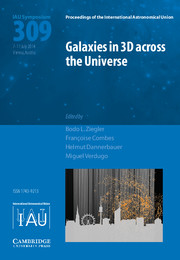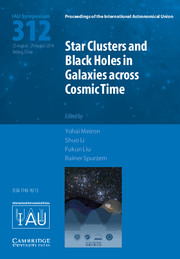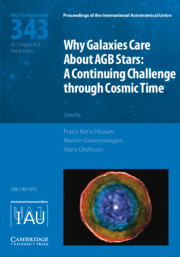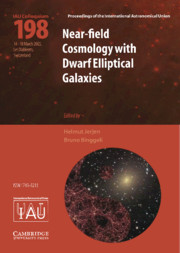Tracing the Ancestry of Galaxies (IAU S277)
We are living in the golden era of multiwavelength astronomical observations, probing deep areas of the sky. Sophisticated instruments allow us to compare galaxies at high redshifts, when the Universe was only a few hundred millions years old, with the mature nearby galaxies we see today. This is yielding new insights into the mass assembly and the star formation history of galaxies that may, or may not, be compatible with our current theoretical models. IAU Symposium 277 addresses the major open questions concerning the evolution of galaxies, specifically: can we really apply the knowledge gained from low-redshift studies to the high-redshift galaxy populations, given the strong apparent differences in their observed properties? In this volume theorists and observers attempt to reach a common understanding of the puzzles that galaxy research has recently unfolded, largely through the study of galaxy dynamics and their stellar populations at low and high redshifts.
- Contains a detailed discussion of the ongoing multiwavelength and kinematical surveys of galaxies at low and high redshifts
- Addresses the question 'What are the high-redshift progenitors of the galaxies we observe today?'
- Challenges current galaxy evolution models and cosmological simulations as compared to the observational evidence
- Includes a section on supporting the development of astronomy resources in the developing world, in Africa in particular
Product details
February 2012Hardback
9780521766029
368 pages
254 × 180 × 20 mm
0.8kg
186 b/w illus. 12 tables
Out of stock in print form with no current plan to reprint
Table of Contents
- Preface
- 1. Large photometric (UV, optical, IR) surveys
- 2. Large HI and CO surveys
- 3. Large 3D kinematical surveys – low z
- 4. Large 3D kinematical surveys – high z
- 5. Stellar populations in the local universe and at high z and galaxy evolution
- 6. Teaching aids for astronomy and virtual observatory (VO)
- 7. Confronting cosmological simulations and galaxy evolution models with galaxy samples
- 8. Mass assembly
- 9. Unsolved problems
- 10. Summary and concluding remarks
- Author index
- Object index.








